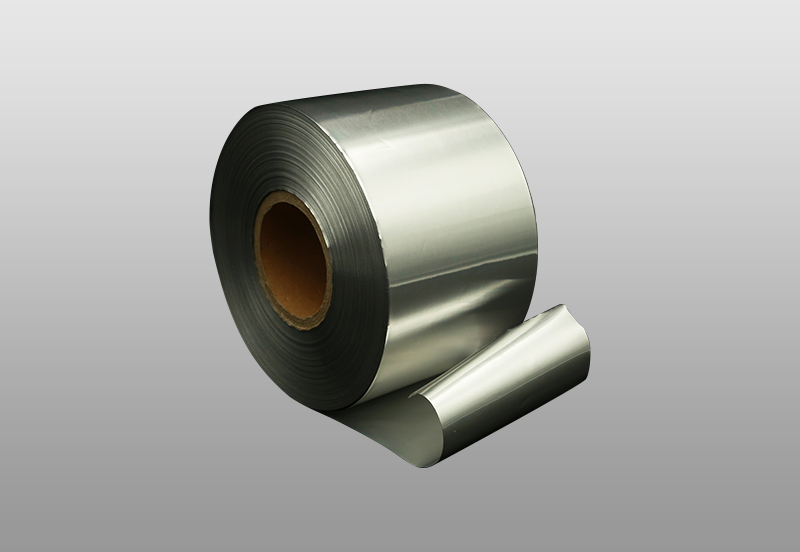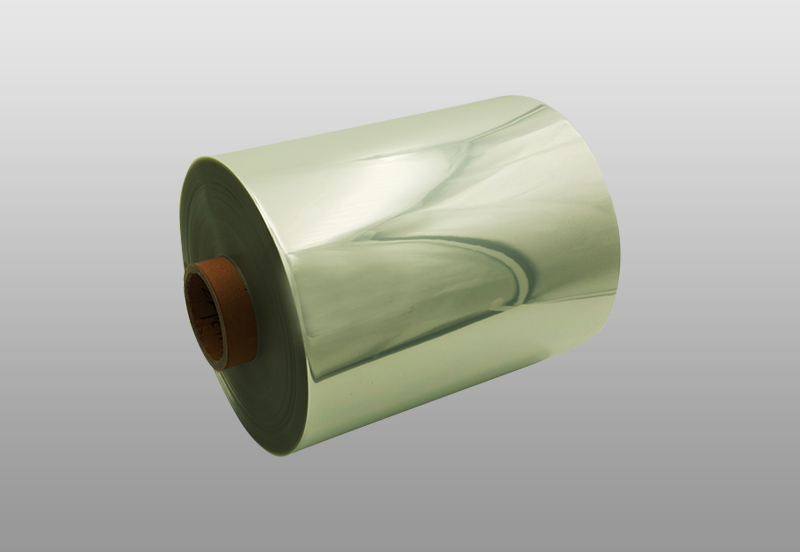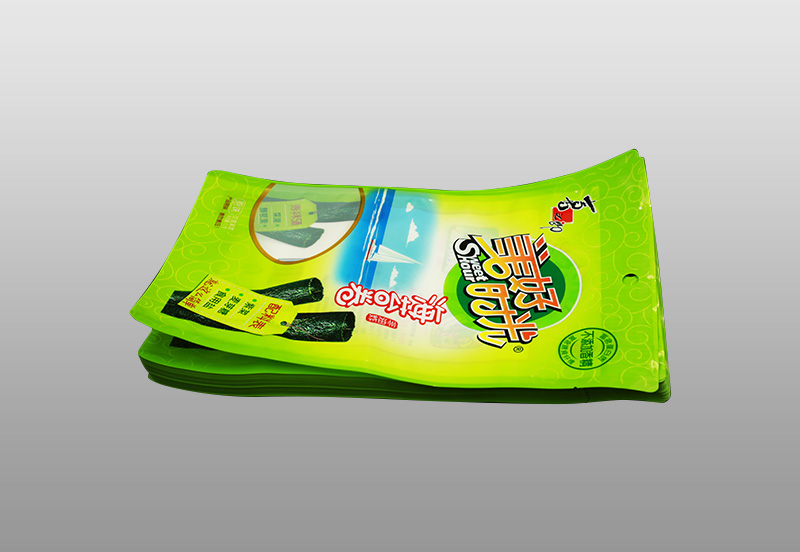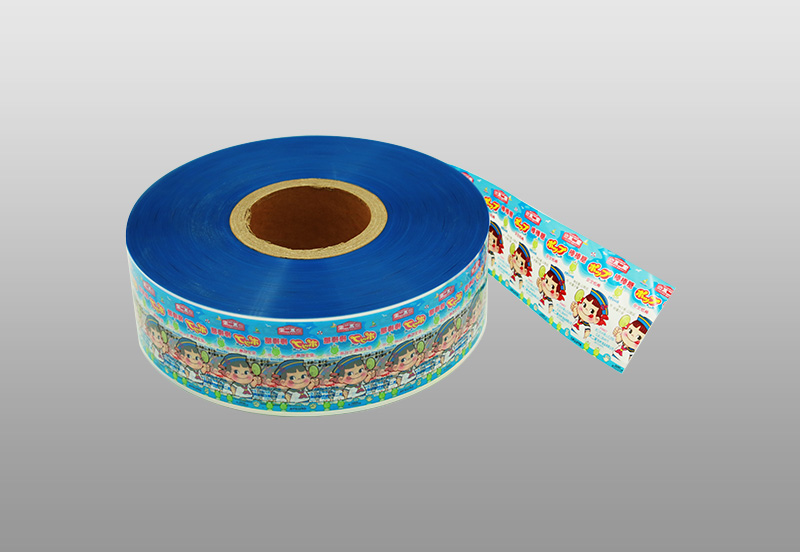1. Coating high barrier film
PVA coated high-barrier film is made by coating PVA with nano-inorganic substance on polyethylene film and then printing and compounding. It solves the barrier of three-layer polyethylene co-extrusion packaging film without greatly increasing the cost. Technical bottleneck of poor performance. PVA coated high-barrier milk film has been fully introduced to the market. Its oxygen barrier rate is less than 2cm3/(m2·24h·0.1MPa), and the barrier performance is not only significantly better than the EVOH five-layer co-extruded film, but the packaging cost is also greatly reduced, which not only ensures that the packaging has all the advantages of the aseptic packaging Quality requirements, and greatly reduce the cost of aseptic packaging for food processing enterprises, and solve the technical bottleneck of poor barrier performance of three-layer polyethylene co-extrusion packaging film. It can be used for packaging beverages, fruit juices, milk, soy sauce and vinegar, etc.
2. High barrier film-polyvinylidene chloride
PVDC resin is often used as a composite material or a monomer material and a co-extruded film sheet. It is the most used high-barrier packaging material, and the PVDC coating film is used in a particularly large amount. The PVDC coated film uses polypropylene (OPP), polyethylene terephthalate (PET), etc. as the substrate. Since pure PVDC has a high softening temperature, close to its decomposition temperature, and poor compatibility with general plasticizers, it is difficult to heat and form and it is difficult to directly apply. PVDC films actually used are mostly copolymers of vinylidene chloride (VDC) and vinyl chloride (VC), and films with particularly good barrier properties made by copolymerization with methyl acrylate (HA).
PVDC (polyvinylidene chloride) is characterized by low permeability, barrier properties and chemical resistance. my country's PVDC is accompanied by the introduction and development of ham sausage processing technology.
In 2002, the domestic output of PVDC was about 20,000 tons. It has been widely used in food, cigarette, beverage preservation and flavor isolation, as well as moisture-proof packaging in the chemical, pharmaceutical, electronic and military industries.
The single-layer PVDC film is made by two-way stretch blow molding. It has shrinkage, barrier properties and water resistance. It does not decompose under microwave heating. It is widely used in household cling film; PVDC and polyethylene (PE), polypropylene ( PP), polystyrene (HIPS) and other synthetic resin multilayer extrusions are used for vacuum milk products, jams and other packaging, with good tensile properties, suitable for larger volume packaging; PVDC and PE, polyvinyl chloride (PVC) ) The composite sheet is suitable for the packaging of moisture-absorbing and volatile medicines. Many domestic research institutes and manufacturers concentrate on researching PVDC and other resin composite laminate film technology and composite film high temperature resistance technology.
PVDC is used in a variety of substrates such as PE, PP, PVC, polyamide (PA), polyethylene terephthalate (PET), etc., taking biaxially oriented polypropylene film as an example, the oxygen permeability after coating The water permeability is reduced by 1000 times, and the water permeability is reduced by 3 times; the coating can be single-layer or multiple-layers, generally a single-layer coating of 2.5μm can have a good barrier effect.
3. High barrier film-ethylene/vinyl alcohol copolymer
EVOH has always been the most widely used high-barrier material. In addition to the non-stretch type, the film types of this material include two-way stretch type, aluminum vapor deposition type, adhesive coating type, etc. Among the two-way stretch type, heat-resistant types are used for aseptic packaging products.
The barrier performance of EVOH depends on the ethylene content. Generally speaking, when the ethylene content increases, the gas barrier performance decreases, but it is easy to process.
The salient feature of EVOH is that it has excellent gas barrier properties and excellent processability. In addition, it has excellent transparency, gloss, mechanical strength, elasticity, abrasion resistance, cold resistance and surface strength.
In the packaging field, EVOH is made into a composite film intermediate barrier layer, which is used in all rigid and flexible packaging; in the food industry, it is used for aseptic packaging, hot cans and retort bags, packaging dairy products, meat, canned juice and Seasoning; in non-food, it is used for packaging solvents, chemicals, air-conditioning structural parts, gasoline drum linings, electronic components, etc. In terms of food packaging, EVOH plastic containers can completely replace glass and metal containers. Many domestic aquatic products export seafood using PE/EVOH/PA/RVOH/PE five-layer co-extruded film vacuum packaging. While accelerating the research of EVOH composite film, foreign countries are also studying the stretch orientation of EVOH. The gas barrier performance of the new EVOH film is 3 times that of the existing high-performance non-stretched EVOH film. In addition, EVOH can also be used as a barrier material to be coated on other synthetic resin packaging materials to enhance barrier performance.
4. Nylon
Nylon packaging materials have been using "nylon 6" in the past. However, the air tightness of "Nylon 6" is not ideal. There is a kind of nylon (MKD6) which is polycondensed from m-dimethylamine and adipic acid. The air-tightness of nylon (MKD6) is 10 times higher than that of "Nylon 6". It also has good transparency and puncture resistance. It is mainly used It is used for high-barrier packaging films and used for flexible food packaging with high barrier properties. Its food hygiene has also been approved by the FDA.
Its biggest feature as a film is that its barrier properties do not decrease with the increase in humidity. In Europe, due to outstanding environmental protection issues, as a substitute for PVDC films, MXD6 nylon is used in a large amount. A new type of bidirectional stretchable film composed of MXD6 nylon and EVOH, as a nylon film with high barrier properties. The method of compounding includes multi-layer compounding, and also the method of blending and stretching MXD6 nylon and EVOH.
5. Oxide plating
High barrier film
The so-called plated film made by coating SIOx (silicon oxide) on the film of other substrates has attracted more and more attention from the market. In addition to the silicon oxide film, there are also aluminum oxide vapor-deposited films. Its airtightness is the same as the silicon oxide coating obtained by the same method.
In recent years, the technology of multi-layer compounding, blending, copolymerization, and evaporation has developed extremely rapidly. High barrier packaging materials such as ethylene vinyl alcohol copolymer (EVOH), polyvinylidene chloride (PVDC), polyamine (PA), polyethylene terephthalate (PET) multilayer composite materials and silicon oxide compounds Vapor-deposited films have been further developed, among which the following products are more eye-catching: MXD6 polyamide packaging materials; silicon oxide vapor-deposited films, etc.\
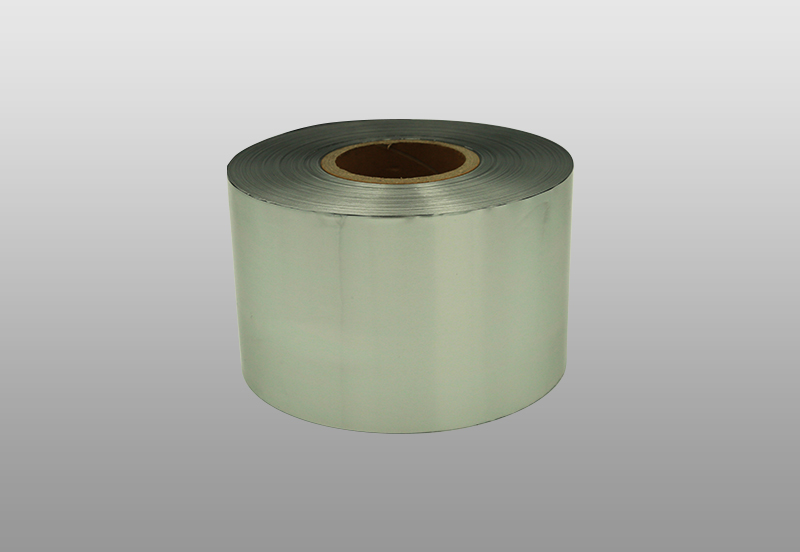

 English
English Español
Español русский
русский 简体中文
简体中文